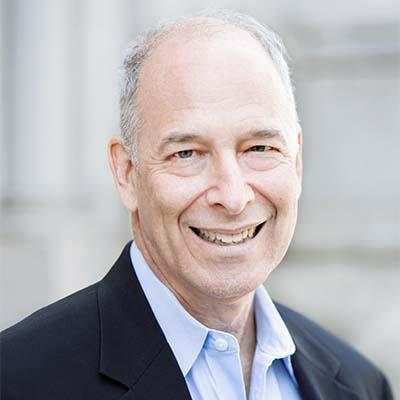New York Is on the Verge of Going Coal Free
Gov. Andrew Cuomo’s State of the State speech this month contained one especially good bit of news for the planet and for public health: New York state’s remaining coal-fired power plants will close by 2020. The governor also committed to helping the workers who lose their jobs as a result of plant retirements and the upstate communities that depend on revenue from these plants to fund their schools and other important local services.
Coal plants are big sources of carbon pollution, the leading contributor to global warming. They also emit pollutants that make people sick and even lead to premature death.
Cuomo’s announcement caps more than three decades of leadership by New York’s Democratic and Republican governors and attorneys general alike in the fight to limit air pollution from coal plants. As director of environmental programs for the New York Public Interest Research Group in the late 1980s and throughout the 1990s, I worked with elected officials of both parties to limit air pollution from coal plants. The progress has been gradual, but it’s been progress all the same. Cuomo’s initiative means this arc will reach its culmination in just a few years.
I hope other states will follow New York’s bipartisan example.
Here’s a road map on how they should proceed.
• First, it’s important to make sure that workers who lose their jobs and that communities that lose revenue as a result of plant closures are properly taken care of.
Under the leadership of the Clean Air Coalition of Western New York and its allies in organized labor, the town of Tonawanda, the home of the Huntley coal plant, has already started planning for a post-coal future. This planning process began after the Institute for Energy Economics and Financial Analysis issued a report two years ago that found that the Huntley plant could not be operated at a profit.
NRG, the plant’s owner, ultimately reached the same conclusion and decided to close the plant. The sort of planning taking place in Tonawanda assures a transition as quickly and efficiently as possible to a clean energy economy.
• Second, it’s important to make sure that funding for job retraining, replacement of local revenue and community planning does not come from revenue that would otherwise be used for other important environmental programs. New York state’s commitment to programs supported by its Environmental Protection Fund and the Regional Greenhouse Gas Initiative must remain steadfast.
• Third, false solutions must be rejected. Power that is currently produced by coal should be replaced by technologies that are truly clean. These include solar, wind and, most of all, energy efficiency.
Cuomo and other governors should not be peddling trash-burning, biomass and natural gas as solutions, none of which will help the state meet its clean energy and climate goals. Indeed, investments in these alternatives could limit the extent to which cleaner technologies are developed for many decades to come.
Cuomo has already demonstrated strong national leadership in important environmental policy with his historic decision in 2014 to ban fracking. His announcement this month on coal plant retirements is equally important. I hope to see it replicated in other states, and I hope the governor follows up in New York by committing to a future that is overwhelming grounded in solar, wind and energy efficiency.
Larry Shapiro is IEEFA’s board chairman. This commentary first appeared in today’s Albany Times-Union.
















